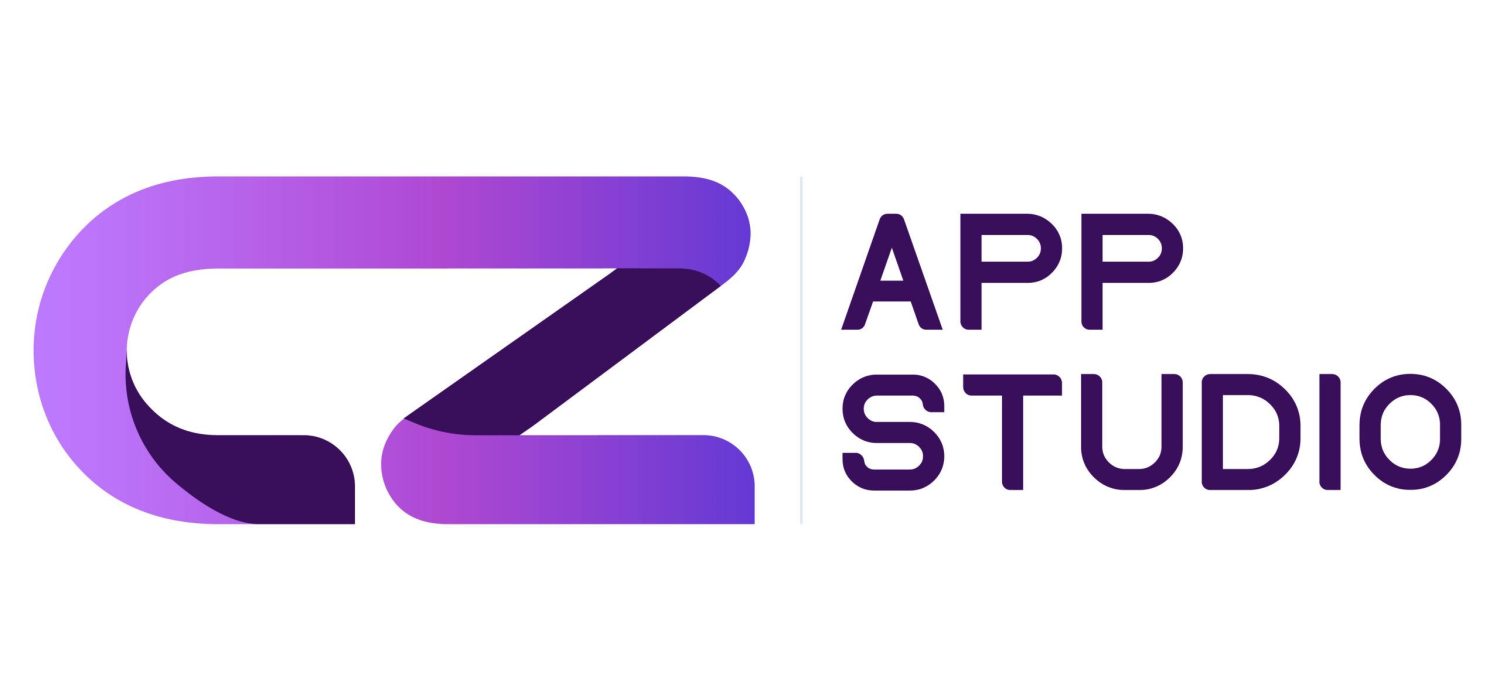How Leading Companies Are Automating Workflows and Igniting Innovation

The media loves to talk about AI in grand, sweeping terms a new era, a technological leap. But for businesses, the real story of AI isn’t in a headline; it’s in the quiet, methodical work of process automation and strategic innovation. We’re moving beyond the “what if” and into the “how it’s done.”
Today, leading enterprises aren’t just experimenting with AI; they’re embedding it into their very DNA to streamline operations, enhance customer experiences, and, most importantly, free up their people to do what they do best: create, strategize, and solve.

This isn’t about replacing jobs. It’s about a fundamental shift in how we work. When the tedious, repetitive tasks are handled by a machine, the human mind can finally focus on the big-picture challenges that drive growth and true competitive advantage.
The Blueprint for Enterprise AI: Three Key Pillars

1. Smarter Operations: The Engine of Efficiency
AI is transforming back-end operations by automating monotonous, data-heavy tasks, leading to rapid and quantifiable returns. From automating invoice processing to optimizing supply chains, AI is the new engine of business efficiency.
- In finance, AI quickly scans and validates invoices, reducing human error and freeing up accounting teams for more strategic financial analysis.
- In logistics, AI algorithms predict demand with incredible accuracy, ensuring companies have the right inventory at the right time, which minimizes waste and maximizes profit.
- For HR, AI streamlines resume screening and interview scheduling, allowing recruiters to focus on what matters most: connecting with top-tier talent.
Spotlight: How Open Core HR is Revolutionizing Human Resources.
- In the world of business operations, few departments are as critical and data-intensive as Human Resources. The sheer volume of tasks from recruitment and onboarding to payroll and performance reviews can bog down even the most talented HR professionals. This is where AI-powered solutions like Open Core HR are making a tangible difference.

- Open Core HR is an open-source, flexible platform designed to put the focus back on people. It automates tedious HR workflows, allowing teams to move beyond paperwork and into strategic talent management.
Source Link: Moveworks: 13 AI Automation Examples To Improve Business Productivity
2. The Next Generation of Customer Experience
Leading companies are moving beyond simple chatbots to create hyper-personalized, proactive customer experiences. AI analyzes customer behavior to deliver tailored recommendations, provides instant 24/7 support, and anticipates customer needs before they even arise, building loyalty and driving sales.
- AI-powered personalization engines, like those used by Netflix and Amazon, analyze vast amounts of user data to recommend products and content, making every customer feel understood.
- Modern generative AI chatbots can understand complex, natural language queries, providing instant, intelligent responses and significantly reducing customer wait times.
- Through predictive analytics, AI can flag potential issues with a customer’s service or product before they occur, allowing companies to offer proactive support and turn a potential complaint into a positive experience.
Source Link: IBM: AI in Customer Experience
3. Accelerating Innovation and Discovery
AI is a powerful co-pilot for innovation, helping humans analyze massive datasets and find insights that would be impossible to discover alone. In industries like pharmaceuticals, AI models can accelerate drug discovery, while in manufacturing, they can simulate and test new product designs virtually, dramatically reducing R&D cycles.
- In the medical field, AI accelerates the process of drug discovery by analyzing vast amounts of biomedical data to identify promising molecular compounds.
- For product designers, AI-powered tools can run thousands of simulations on a new design in minutes, optimizing everything from a product’s durability to its energy efficiency.
- Marketing and R&D teams use AI to analyze unstructured data from social media and online forums, providing real-time insights into market trends and helping them identify new product opportunities.
Source Link: ET Edge Insights: How AI is accelerating discovery and problem-solving
It’s a Partnership, Not a Takeover
The most successful enterprise AI stories are not about automation for its own sake. They’re about augmentation. The goal isn’t to replace the human—it’s to elevate them. The AI handles the data, the patterns, and the heavy lifting, giving its human collaborators the space to think bigger, be more creative, and focus on the kind of strategic, empathetic work that can’t be coded.
AI as a Force for Human Creativity
The future of business isn’t a world run by machines. It’s a world where businesses use the incredible power of AI to work smarter, not just harder, and ultimately, to build a future where people and technology thrive together. The key is to see AI not as a replacement for human intellect, but as its most powerful new partner.
- Field Staff Tracking for Small Businesses

- 2025: Why Lightweight Frameworks are the New Mandatory Engine of the Web

- Beyond Code: Why the Future of Technology Depends on Empathy

- 10 Proven Strategies to Maximize Your App Performance

- A Game Changer Attendance for Modern HRMS

- The Importance of HRMS Data Security

